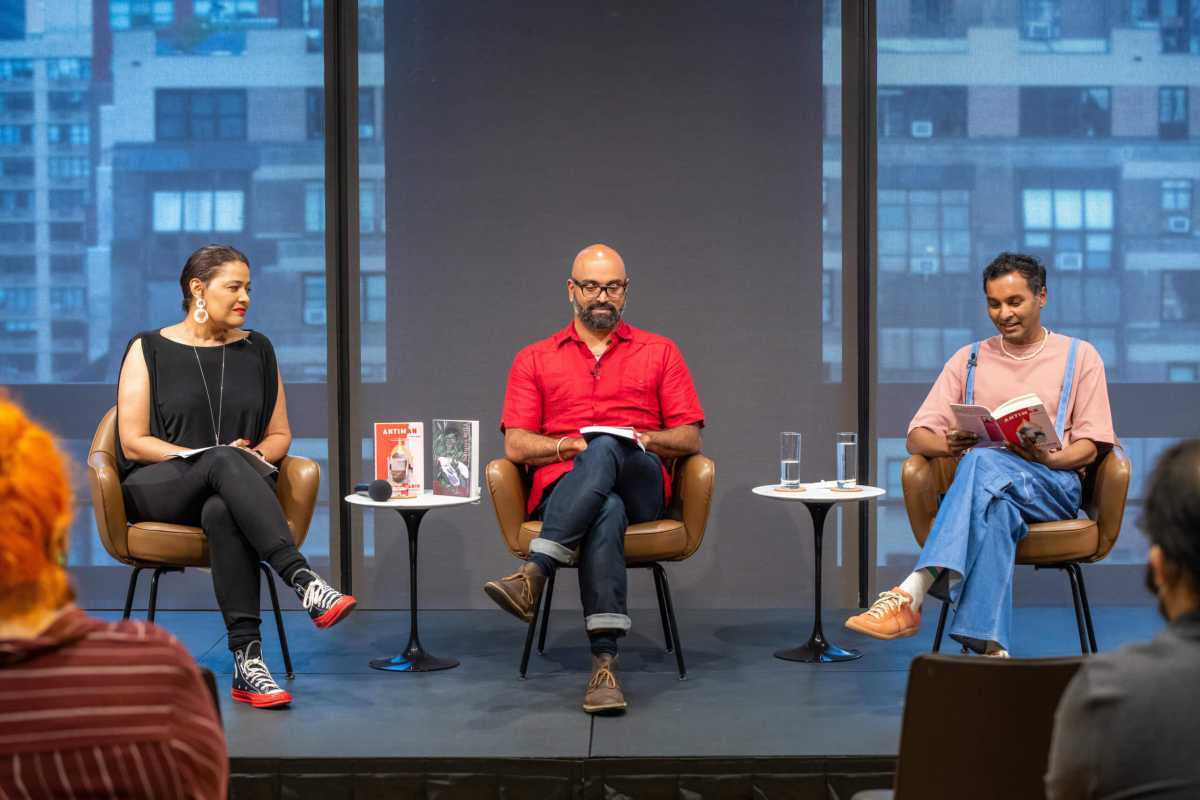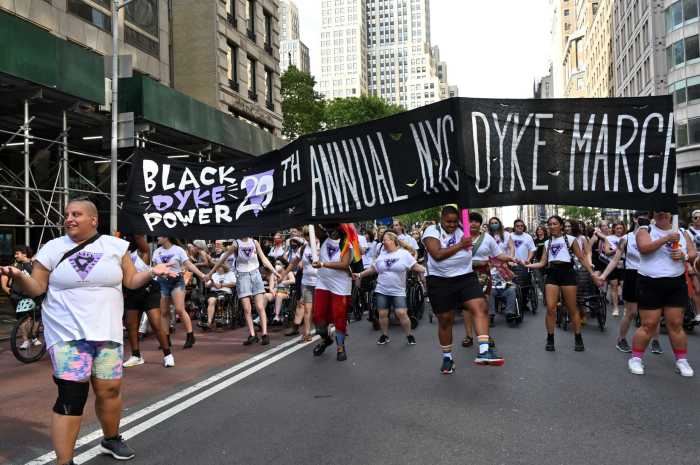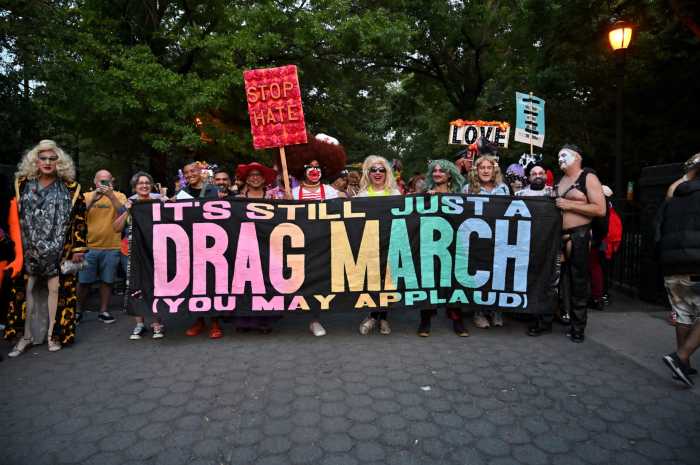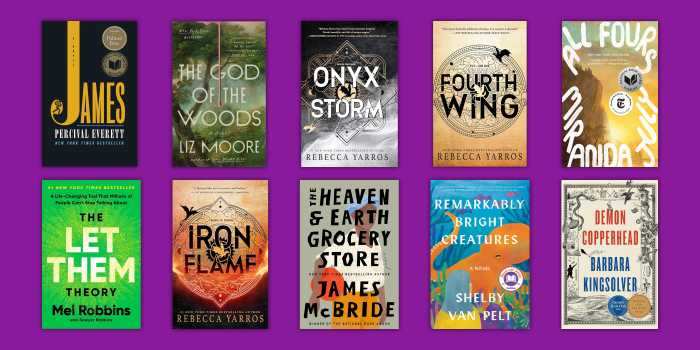“A Pride Love-Up” was an open conversation between two authors, Andil Gosine and Rajiv Mohabir, about what it means to be of Indo-Caribbean heritage and queer. It took place on June 13th at the Ford Foundation. The writers alternated reading excerpts from each other’s most recent books, followed by a discussion moderated by the Caribbean Studies scholar Tzarina Prater. It was a special Pride Month-focused event to accompany the art exhibition “everything slackens in a wreck,” featuring the work of four Asian-Caribbean woman artists, curated by Gosine, on display at the Ford Foundation Gallery until August 20. The exhibition’s title is a line from a poem by the Mauritian poet Khal Torabully, in which he honors the history of Indian migration to his home island-nation off the coast of Africa.
Between 1838 and 1917, over half a million people migrated from India to various destinations throughout the English-speaking Caribbean and South America under specious contracts offered by recruiters for British sugar-cane plantation owners to toil as indentured laborers following the abolition of slavery in the British Empire. Other European colonial powers such as the French and Dutch also transported such workers to their own colonies. In smaller numbers, laborers were also contracted from China, Portugal, and even Germany. The legacies of this population shift are everywhere visible in the faces and cultures in the Caribbean. But, where are the queer resonances of this past in the present? Revealing the truths of queer Indo-Caribbean identity was thus these writers’ literary mission.
Toronto-based Gosine, who was born in Trinidad and emigrated to Canada at age 14, making later pit stops in England, France, and the US, is the author of “Nature’s Wild: Love, Sex, and Law in the Caribbean,” while Boston-based Mohabir, born in London to parents from Guyana and raised in Central Florida, with formative sojourns in India and New York City, has authored “Antiman: A Hybrid Memoir.” Both books were published in 2021 to critical acclaim, and both, like their authors’ circuitous biographical trails, traverse disparate literary genres, creative and scholarly (Gosine and Mohabir are also academics), with memoir their throughline.
“The goal is to seek out the truth,” Gosine told the rapt audience of roughly 70 attendees. His book is a series of case studies that analyze the regulation of homosexuality in the Caribbean through the binarism of human versus animal, a colonial imposition, and covers extensive terrain, from art criticism to queer activism. He moves from the Trinidadian joke-word puhngah, an allusion to anal sex, to the material work in Trinidad & Tobago of the now fallen LGBTQI+ activist Colin Robinson, to the Indo-Guadeloupean visual artist Kelly Sinnapah Mary (also one of the featured artists in the gallery exhibition), whose lush visual language articulates a history of Indian labor migration to that French Caribbean island, to Gosine’s own grappling with the human/animal divide in artwork of his own creation.

“You always have to recognize that social history is always weighing on you and the personal, intimate agency that you have is also present,” he said. “You can’t pretend as if the memoir part isn’t part of the story you’re telling. For me, doing this kind of weird mix: here’s the story of something that happened and now I’m going to discuss this law case, and now I’m going to talk about government policy — that is me trying to capture moments of complexity in reaching for the truth.”
Mohabir said the stakes of truth-telling felt riskier for him. “It’s a question of ethics in terms of how we portray ourselves,” he said, concurring with Gosine’s human/animal polarization. “There is this thought that the Caribbean is the most homophobic place in the world — this is the way that brown bodies in the Global South are seen: as monsters. And, so, how do you justify telling a story that might actually be a little troubling in [that regard]? Another thing: How do I portray queer community in New York City, especially when it comes to writing about an ex? Are my puas” — father’s sisters — “in Ozone Park going to read this book?”
At this mention, one section of the audience, comprised primarily of twenty-somethings of Indo-Caribbean descent, went up in a buzz of excited murmurs.
“Antiman” (the word is a play on “auntie man,” a slur for “homosexual male” used in Guyana), closely follows Mohabir’s geographic and psychic journey to self-affirmation as both Indo-Guyanese and gay across a landscape of generations-deep cultural rupture, homophobia, pressure to prove South Asian authenticity, and racism. He ends up rejecting all, modeling instead a hybrid self, as the book’s subtitle extols. The storytelling veers from prose into poetry and song, written in not only standard English, but Bhojpuri (a linguistic strain of what is broadly termed “Caribbean Hindustani”), and Creolese, the colloquial lingua franca of Guyana. “I was born in an echo of forgotten songs,” Mohabir writes. It is through his embrace of the songs his adoring Aji – his paternal grandmother – teaches him in Bhojpuri, the undervalued language of their sugar cane-cutting forebears that even his own father debases (while at the same time putting Mohabir down for being gay) that Mohabir begins to fashion a sense of self.
Gosine and Mohabir spoke of their ancestors’ departure from India in the 19th and early 20th centuries, and how those forebears ultimately transformed and claimed the localities of their arrival as home. This process, Gosine calls “wrecking work,” inspired by Torabully the poet.
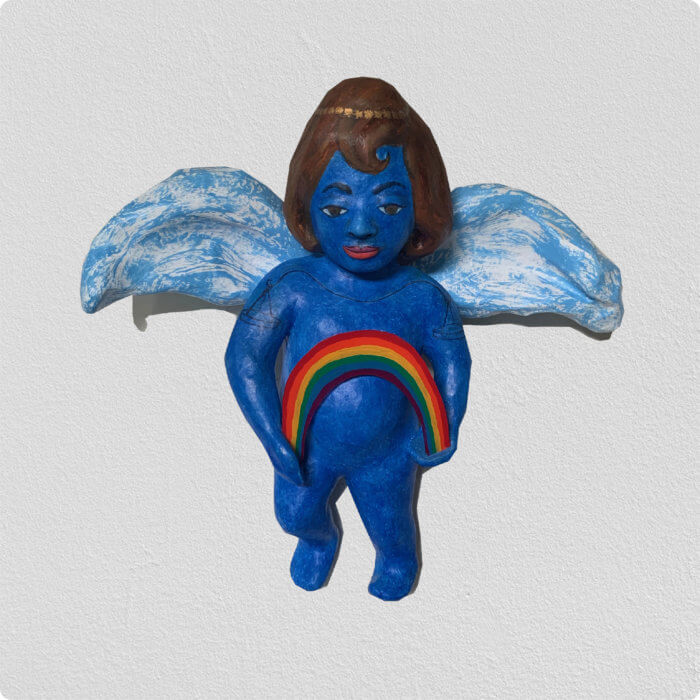
In occupying spaces intended to contain them in servitude, stasis, and subjugation, migrants from Asia to the Caribbean and South America actually effected a form of wreckage in the colonial societies into which they’d been imported. To survive and resist, they shed restrictive categories of identity, altered traditions, transgressed prescribed limits of intimacy amongst themselves and between them and the other displaced groups — Africans, Chinese, Portuguese, Syrians, whites — and the Indigenous, with whom they were thrown together at their destinations.
A perfect example of Gosine’s “wrecking work” concept, wherein destruction and creation get delivered in the same blow, is the uniquely Trinidadian food, “buss up shut.” It is an Indian roti (flaky flat bread) that is intentionally whacked with a paddle to disintegrate it into fragments resembling a torn and tattered garment, hence its name, literally “burst up shirt” in Trinidad-accented English. It is demonstrative of what Gosine expressed to the audience about the abiding dynamic in Indo-Caribbean existence that “pleasures are entwined with violence.”
The idea of the wreck, of things blown apart, is a current that runs through Anglophone Caribbean language and culture into the diaspora. Consider the host of terms of “destruction” that can equally express jubilation, such as “mash up.” When New York City’s West Indian American Day Carnival makes its full return to its parade route along Eastern Parkway in Brooklyn this coming Labor Day weekend after an absence of two years due to COVID-19 restrictions, the organizers say they intend to “Mash up the Parkway!”
As much as one can mash up and buss up, so, too, can one love up, as Gosine and Mohabir did with and to each other’s literature — there is always a tacit understanding of the opposing force’s latent presence.
The artworks displayed in “everything slackens in a wreck” speak to this internal mélange. Artists Margaret Chen (Jamaica/Canada), Andrea Chung (USA), Wendy Nanan (Trinidad and Tobago) and Kelly Sinnapah Mary (Guadeloupe) present work that engages with the extractive forces of the past which infuse the cultures and consciousnesses of the present. Pretty, ugly reflections. Nanan’s sculpted papier-mâché wall decoration, “Idyllic Marriage” shows blue-skinned Krishna, the Hindu god of love, leering sidelong at his bride in a white, western wedding dress, who looks as if she’s receiving an electric shock from his touch. She carries an outsized red bouquet that more resembles a disemboweled organ. A commentary, perhaps, on the uneasy conversion from Hinduism to Christianity that many offspring of indenture elected — wrecking work — Rajiv Mohabir’s family included, which he lays bare in “Antiman.”
But, then, Nanan gives us another papier-mâché figurine of the same Krishna, this time as a cherub, gender indeterminately cast, who serenely balances a rainbow with both hands.
everything slackens in a wreck | Through Aug. 20 | Ford Foundation Gallery | 320 East 43rd Street | fordfoundation.org
Nature’s Wild: Love, Sex, and Law in the Caribbean (Duke University Press) | Andil Gosine | 192 pages | dukeupress.edu
Antiman: A Hybrid Memoir (Restless Books) | Rajiv Mohabir | 368 pages | restlessbooks.org
Nicholas Boston, Ph.D., is Associate Professor of Media Studies at Lehman College of the City University of New York (CUNY).

